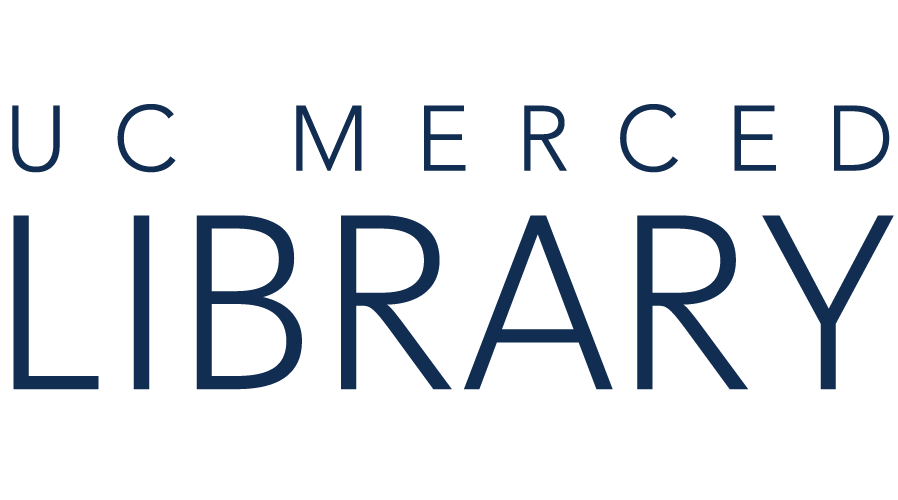There are numerous genres in academic writing but perhaps the best-known is the scholarly journal article. A scholarly journal article has familiar elements. An awareness of these elements can help you read and understand these texts.

Scientific research articles include original studies and review articles that contribute to the current scholarship on a given topic.
The table below describes the components of scholarly articles in the Social Sciences and Physical Sciences. The majority of articles in these disciplines will have the sections listed below.
| Abstract | Brief summary of the article, including research question, methodology and results. |
| Introduction | Background information about the topic, leading up to why this study is being done, and may include a brief literature review. |
| Methods | Description of how the study procedures, set-up and how data was collected. |
| Results/Findings | Presentation of the data from the study. This section often includes tables, charts, or other visualizations of the data. |
| Discussion | Analysis of the data and how the study relates to existing knowledge of the topic. The authors evaluate whether their results answer their research question. |
| Conclusion | The authors wrap up the article by discussion how their study contributes to the research on this topic and outline future potential research questions or studies. |
| References | List of resources that the authors consulted when developing their research and subsequently cited in their article. |
Scholarly articles in the Arts and Humanities are set up differently than in the Sciences. Articles may read more like essays, rather than reports on scientific experiments.
In the Humanities, scholars are not conducting experiments on participants but rather are making logical arguments based on the evidence they have researched and analyzed.
In literature, for example, a scholar may be studying a particular novel of an author. In history, a scholar may look at the primary source documents from the time period they are studying.
The following sections are generally included in humanities scholarly articles, although they may not be clearly marked or labeled.
| Abstract | A summary of the research provided at the beginning of the article, although sometimes articles do not have an abstract. |
| Introduction | Provides background information for the topic being studied. The article's thesis will be found in the introduction, and may also include a brief literature review. |
| Discussion/Conclusion | The discussion likely runs through the entire article and is the main component of the article providing analysis, criticism, etc.The conclusion wraps up the article; both sections usually are not labeled. |
| Works Cited | List of sources cited in the article by the author(s). |
"Peer Review in 3 Minutes" describes the process for scholarly article publication. (3:!5)
Questions:
This video discusses how scholarly articles are constructed and provides a reading strategy. (3:12)
Questions:
The QVCC Library video refers to NCSU Libraries Interactive Tutorial.
To find resources about public service announcements, consider the following search strategies, search terms, and suggested databases.
Search Strategies
Join similar terms with OR. fitness OR "physical activity"
Join dissimilar terms with AND. "public service campaign" AND fitness
Use double quotes around two or more words to search for a specific phrase. e.g. "public service announcement"
Use a truncation symbol at the end of a word to bring up different forms of that word. e.g. prevent* will bring up prevent, prevents, prevention
Search Terms
What might be other terms or phrases to use your searches that might be related to public service announcements?
"public service announcement" OR "public service advertising" OR "public service campaign"
Broader terms might be useful.
campaign OR "media campaign"
You may also be able to pair these phrases with a specific issue being addressed with the PSA.
"media campaign" AND prevent* AND vaping
campaign AND anti-bullying
campaign AND promot* AND exercise
"public service announcement*" AND "water use"
A multidisciplinary database with full text content in the arts, social sciences, humanities and sciences.
Dates vary. Full-text content of more than 600 U.S. newspapers and 700 international sources. Local, regional and world news, including community events, schools, politics, government policies, cultural activities, local companies, state industries, and people.
View sample PSAs to determine elements of this genre.
Immunizations Public Service Announcement (00:47)
from Ohio State Medical Health Association
2020 Census PSA: Census Made Simple -- includes five Census PSAs rolled into one (2:17)
from U.S. Census Bureau
Cyberbullying (1:23)
from ReachOut.com Australia
60 Seconds of Health PSA: Prescription Drug Abuse
from Purdue University/Health and Human Sciences
Intro to Rhetorical Analysis (Prof Wood Teaches English) 4:33
Defines analysis and rhetoric. Illustrates differences between summary, argument, and analysis.
How to Use Rhetoric to Get What You Want – TED-Ed (4:30)
Reviews available means of persuasion and Aristotle's three persuasive appeals (starting at 1:41) of ethos, logos, and pathos.

Copyright @ The Regents of the University of California. All rights reserved.
